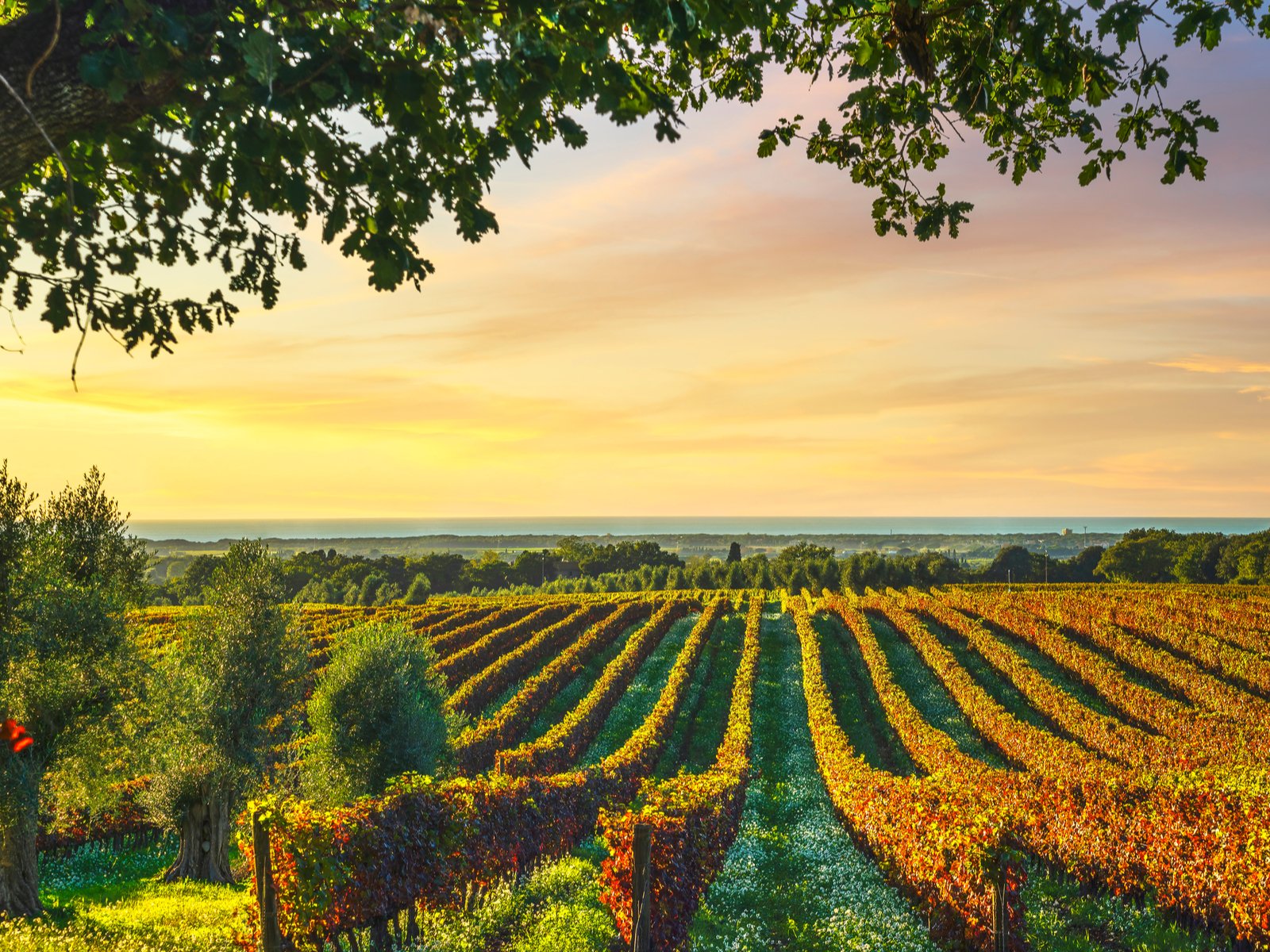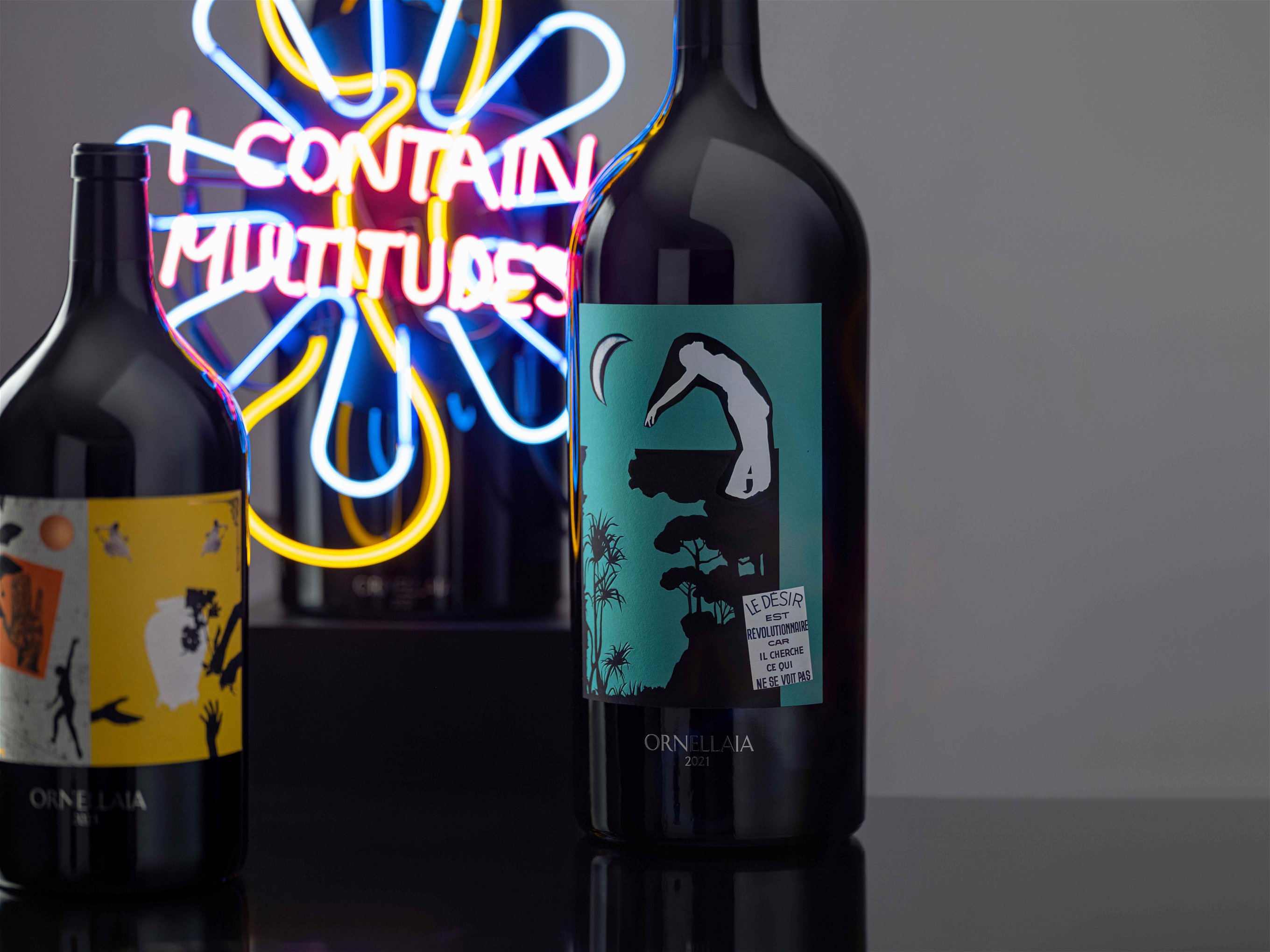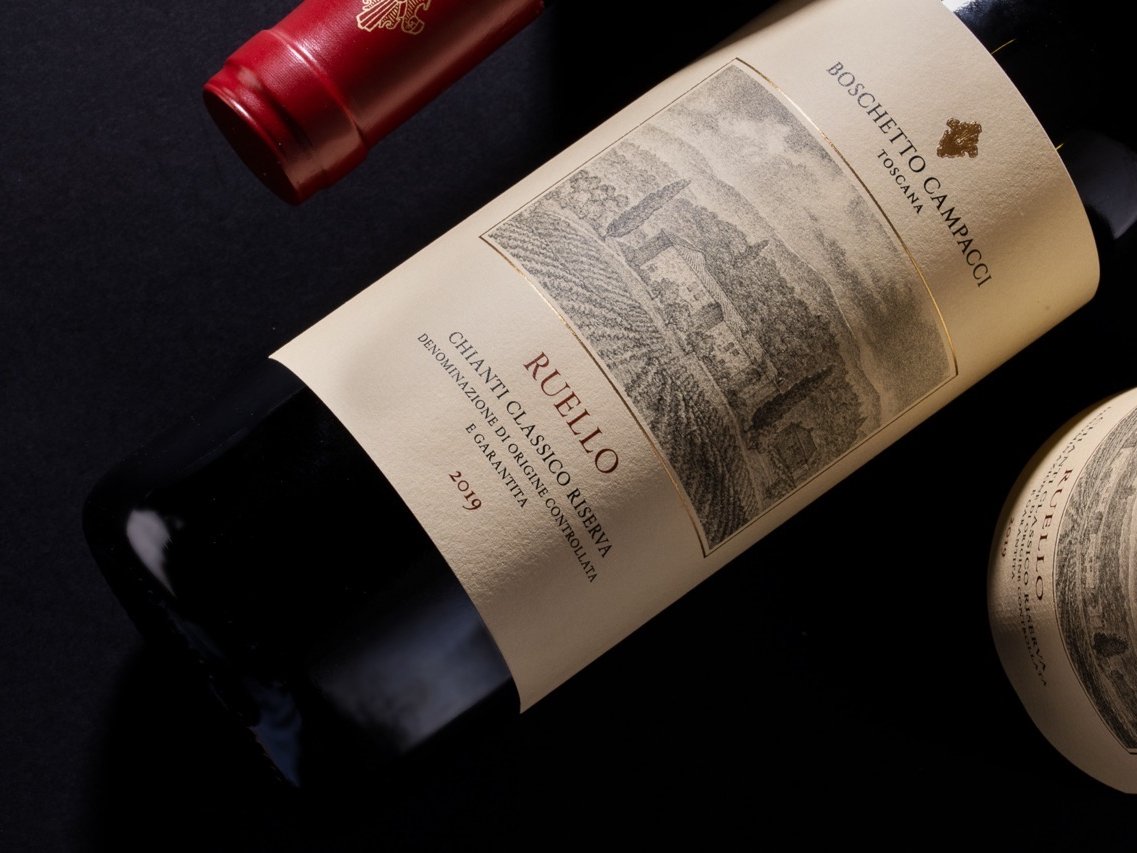Love Bordeaux Reds? Five Other Styles to Discover
Its blend of bright cassis, cedar and leather with fine-boned structure, has made red Bordeaux a firm favourite. Here are five other styles for Bordeaux fans to consider.
2. Douro reds
Structured and age-worthy with dark fruit, Touriga Nacional is the Douro’s answer to Cabernet Sauvignon. Like Cabernet, it’s often given a friendlier, more supple edge by other grape varieties, in this case the likes of Touriga Franca, Tinta Roriz (better known as Rioja’s Tempranillo) and Tinto Cão, to name just a few.
But this steep, schist-strewn, dry landscape is a world away from the gentle, gravelly slopes of the Médoc. That brings a wild, rich, rocky element to Douro reds. If Bordeaux conjures up dinner jackets and stately châteaux, these wines channel their aristocratic personality through a more adventurous persona: think the Cresta Run or Lawrence of Arabia. Quinta do Noval, under the same ownership as Pauillac second growth Château Pichon Baron, is an ideal way to bridge the gap.
4. Xinomavro
Translating as “sour black”, Xinomavro can confidently claim the title of Greece’s most serious red grape variety. There’s no shortage of respectably international Cabernet Sauvignon or Merlot in this part of the world, but recent years have seen many producers – and indeed wine lovers – embrace the country’s thrilling array of ancient local grapes. If you want to feel closer to the Homeric heroes, try Xinomavro.
The variety’s quality means it is widely planted across Greece, but Xinomavro enjoys an especially high-end, impressive presence in the country’s northern regions of Naoussa and Amyndeo. Age-worthy, with firm tannins balanced by bright cherry fruit and perhaps a whiff of tobacco, this is an intellectual wine that demands food – ideally the same lamb that is so delicious with Bordeaux. Xinomavro masters include Alpha Estate in Amyndeo and Thymiopoulos Vineyards in Naoussa.
5. Loire Cabernet Franc
Fragrant, fresh Cabernet Franc may play a vital role in Bordeaux wines, but the limelight is so often stolen by its more muscular relative Cabernet Sauvignon. If you want to see Cabernet Franc shine, then look to its Loire heartland, where it enjoys solo billing in appellations such as Chinon, Bourgeuil and Saumur-Champigny.
Lighter bodied and less tannic than Cabernet Sauvignon, in the cooler Loire region this variety displays beautifully fresh, bright red fruit coupled with aromas reminiscent of a verdant summer hedgerow and a savoury hint of pencil shavings. Beautiful young with juicy spring lamb cutlets, the top cuvées also have the structure to age well too. That’s certainly the case with producers such as Yannick Amirault in Bourgeuil or Domaine Filliatreau in Saumur-Champigny.
1. Blaufränkisch
The Cabernet family certainly doesn’t have a monopoly on structured, age-worthy wines. In much of central Europe the leading candidate for this role is Blaufränkisch, or Kékfrankos as it’s known in Hungary. Attractive black cherry and plum fruit come with a spicy pepperiness and often floral overtones, all underpinned by firm yet elegant tannins.
Austria’s warm Burgenland region is a major hub for serious Blaufränkisch. In Hungary, Kékfrankos is a key component of Bikavér, or “Bull’s Blood” from the Eger and Szekszárd regions. Here Kékfrankos often takes the structural role usually played by Cabernet Sauvignon in a Bordeaux blend, with Merlot, Cabernet Franc and local grape Kadarka all commonly used as partners. Eger producer St Andrea is a prime example of the quality offered by modern-day Bikavér, while Nittnaus is among those setting the Burgenland benchmark.
3. Cape Blends
It’s not just Hungarians who have added their own twist to the classic Bordeaux mix. South Africa has developed a style known as a Cape Blend, which incorporates the country’s distinctive Pinotage variety, which generally accounts for between 30% and 70% of the blend. The rest comprises more familiar faces in the form of Cabernet Sauvignon, Merlot and perhaps Cabernet Franc, with a dash of Petit Verdot for seasoning.
Styles can vary as much as the blend itself, but expect that familiar dark cassis fruit, some Cabernet leafiness, firm tannic structure and perhaps a sweet-fruited, smoky element from the Pinotage. Kanonkop is an acknowledged master of this almost uniquely South African variety, so it’s no surprise they produce an excellent Cape Blend too.














